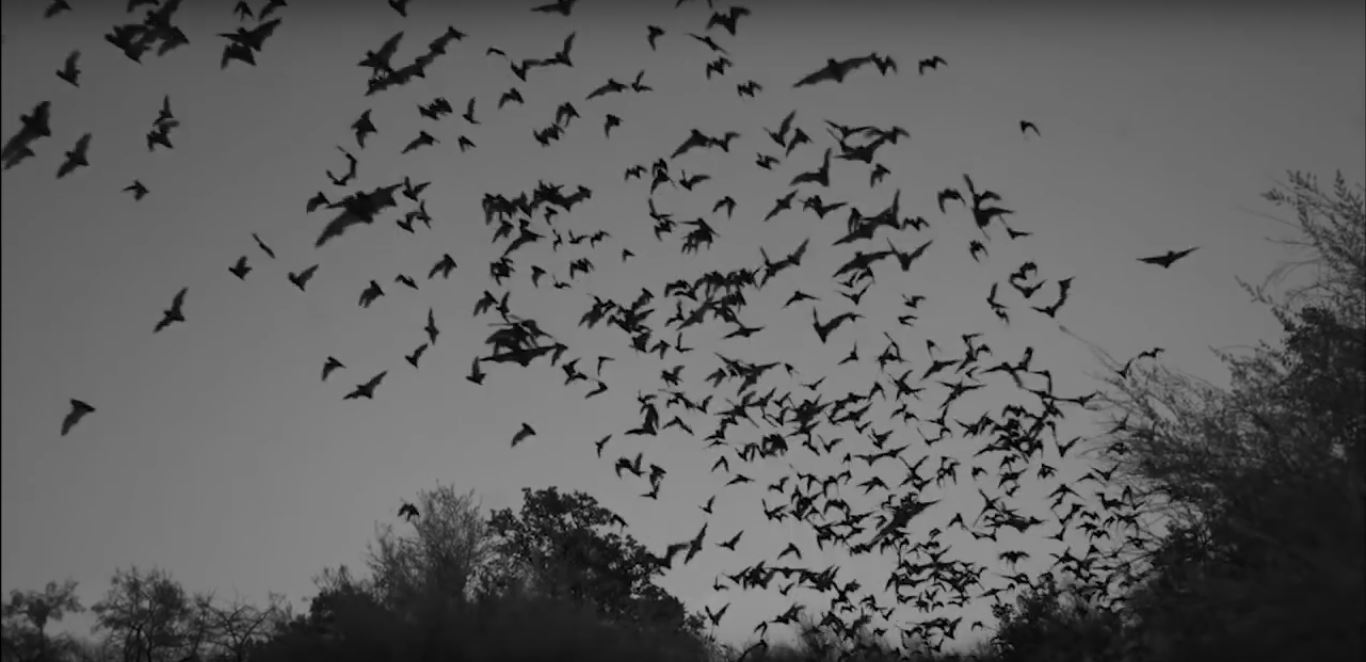What is White-nose Syndrome?
White-nose Syndrome is a malady brought on by the organism Pseudogymnoascus destructans. The infection is evaluated to have
executed more than six million Olympia bats in eastern North America since 2006, and can slaughter up to 100% of bats in a settlement
amid hibernation. In March 2016, Washington's first instance of white-nose disorder was affirmed in a Little Brown Bat close
North Bend, 30 miles east of Seattle. Despite the fact that the ailment has crushed bat populaces in eastern North America,
we don't yet know how it will affect western bats. As a rule, bats in Washington don't sleep in extensive collections like
bats do in eastern North America. In this way, the spread of the ailment in western North America might be distinctive.

The growth can develop on the nose, wings and ears of a tainted Washington bat amid winter hibernation, giving it a white, fluffy appearance.
Once the bats wake from hibernation, this fluffy white appearance leaves. Despite the fact that the parasite may not be noticeable,
it attacks profound skin tissues and causes broad harm. Influenced bats excite all the more frequently amid hibernation which causes
them to utilize significant fat stores, prompting conceivable starvation and demise. Extra reasons for mortality from the infection
incorporate wing harm, powerlessness to direct body temperature, breathing interruptions, and lack of hydration. The parasitic
illness is spread fundamentally from bat-to-bat contact. Bats can likewise get the infection from a situation where the organism
is available. Individuals can convey contagious spores on apparel, shoes, or entertainment hardware that has interacted with the
parasite. Fitting purification for garments and hardware utilized as a part of regions where Olympia bats may live is basic to decrease
the danger of spreading this calamitous bat ailment.
Clinical indications of White-nose Syndrome in Washington bats include: Dehydrated, wrinkled or harmed skin on wings, Loss of flight,
Emaciation, loss of muscle to fat quotients, harm and scarring of the wing films, and passing. As right on time as 2011 it
was speculated that rashly using the fat stores for winter survival might be a reason for death. Take safety oriented measures
like Contact the Washington Department of Fish and Wildlife promptly in the event that you think you have seen bats with this
condition, don't handle live bats. Abstain from entering ranges where Olympia bats might live to restrict the capability of spreading
the ailment. Try not to permit canines to get to territories where bats might be perching or overwintering as they may go about
as bearers of the growth to new locales. Individuals who come into contact with territories where bats live, incorporating
fissure in rock precipices, structures, gives in or mines ought to clean all gear and attire instantly a while later.
Visit our Olympia wildlife control home page to learn more about us.

